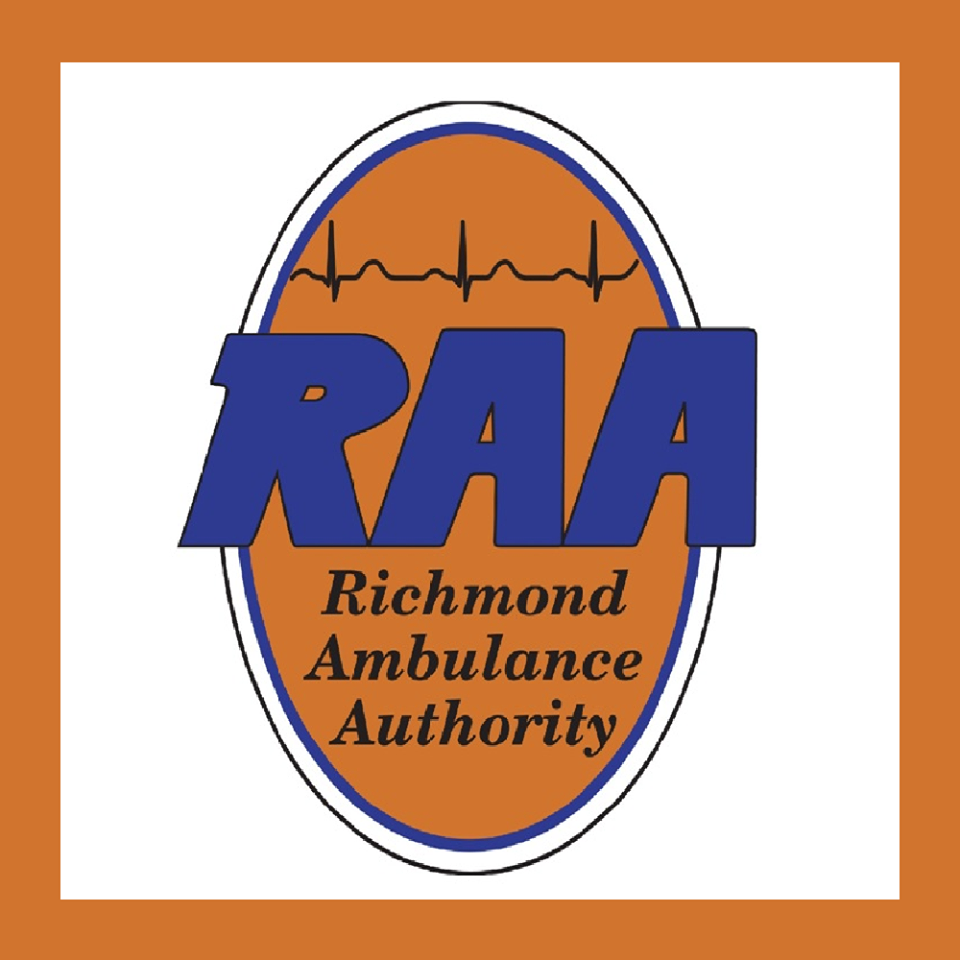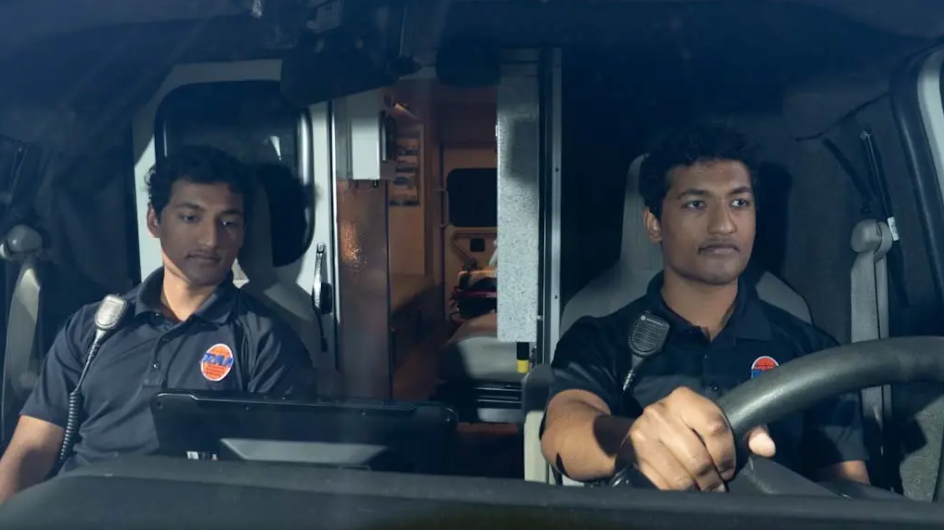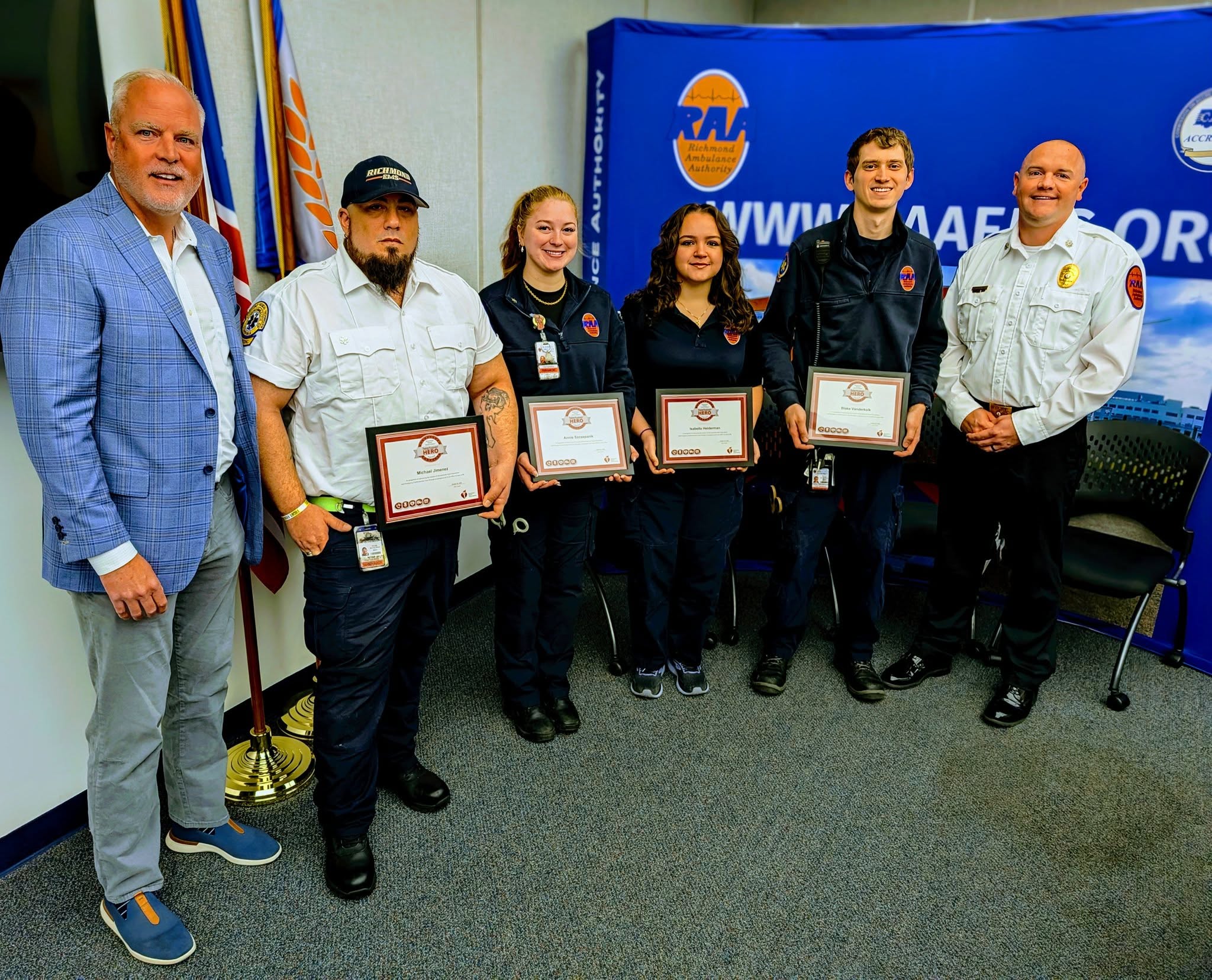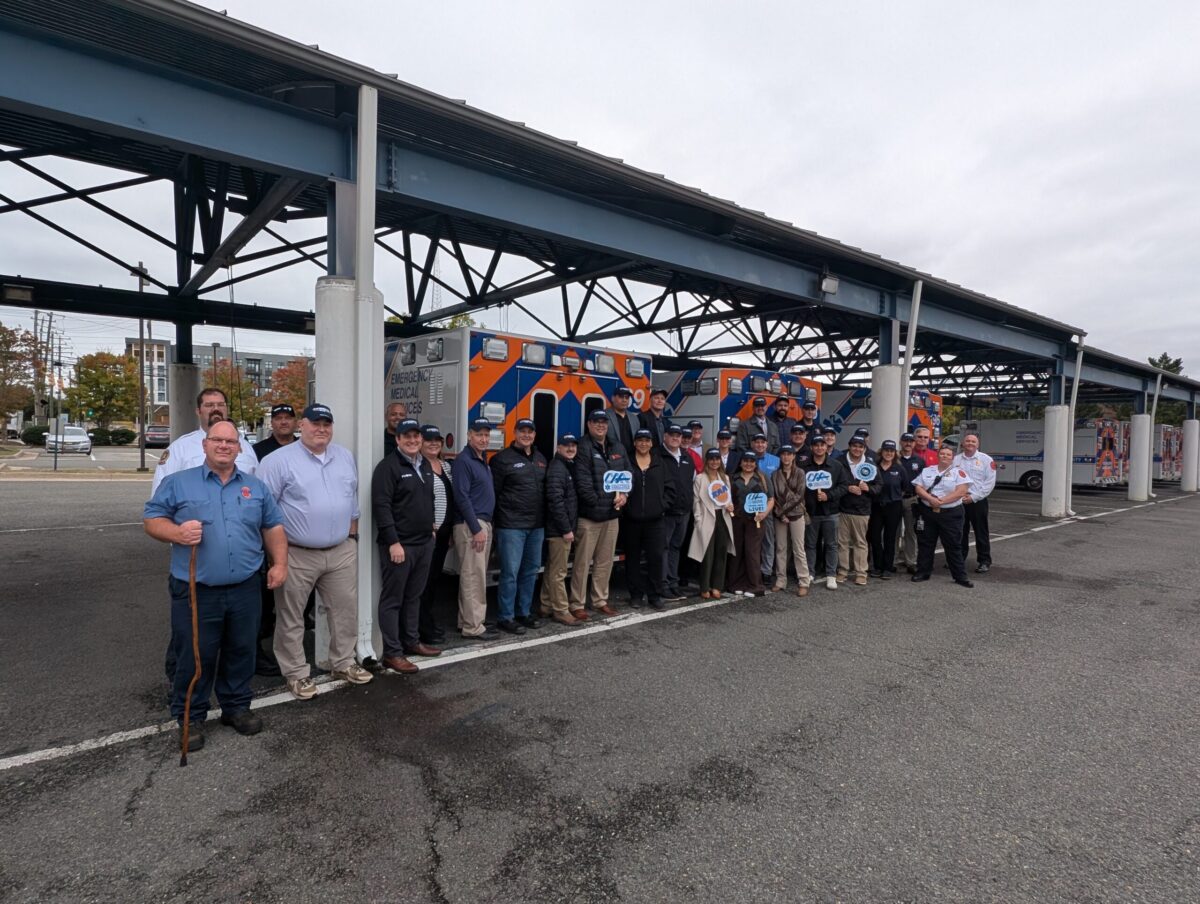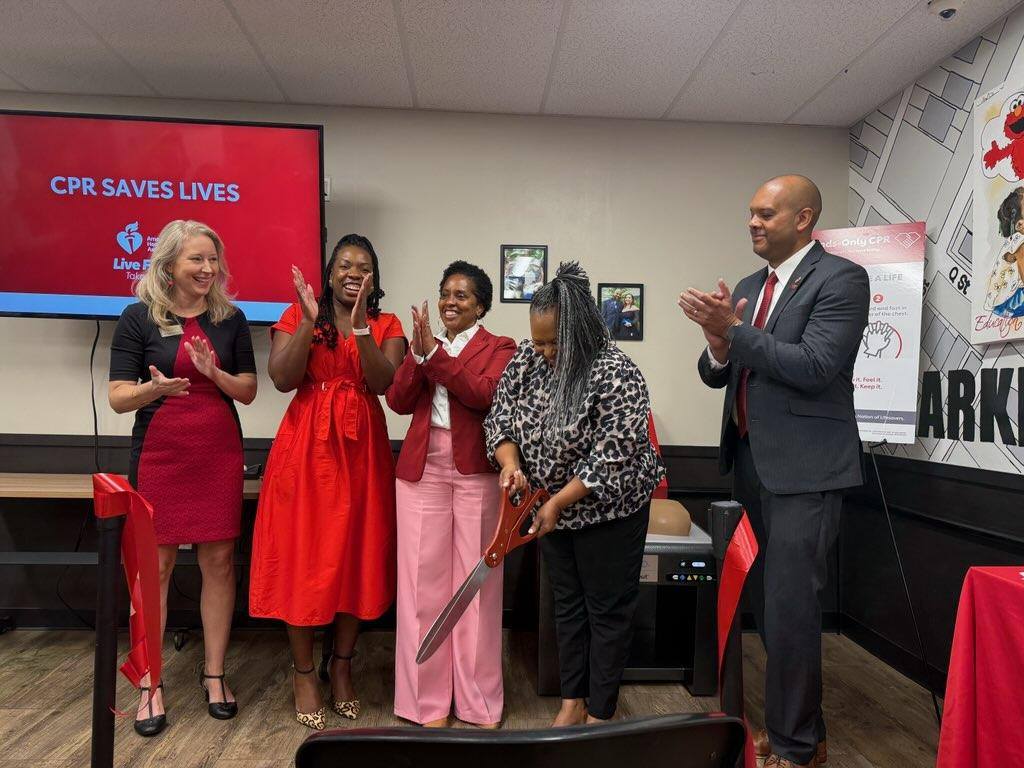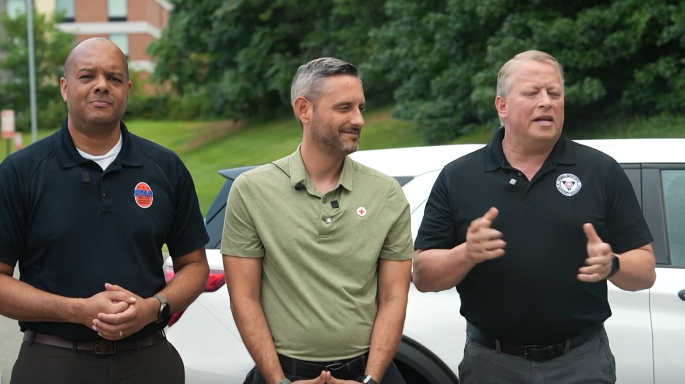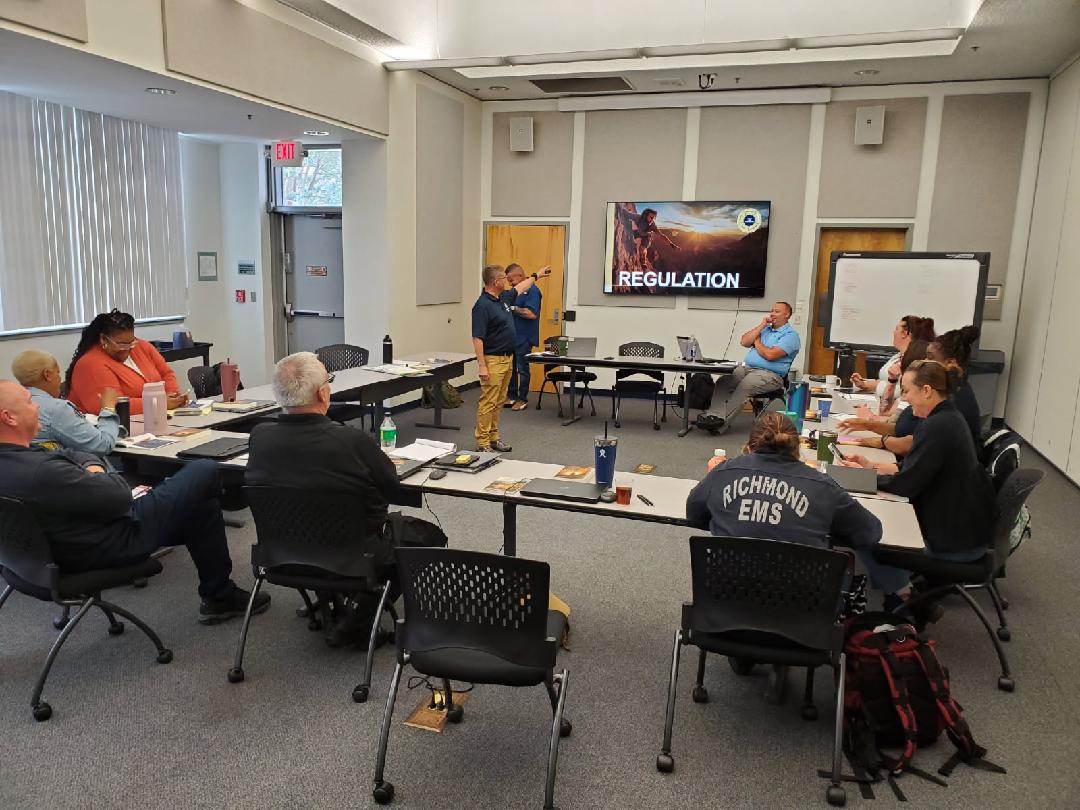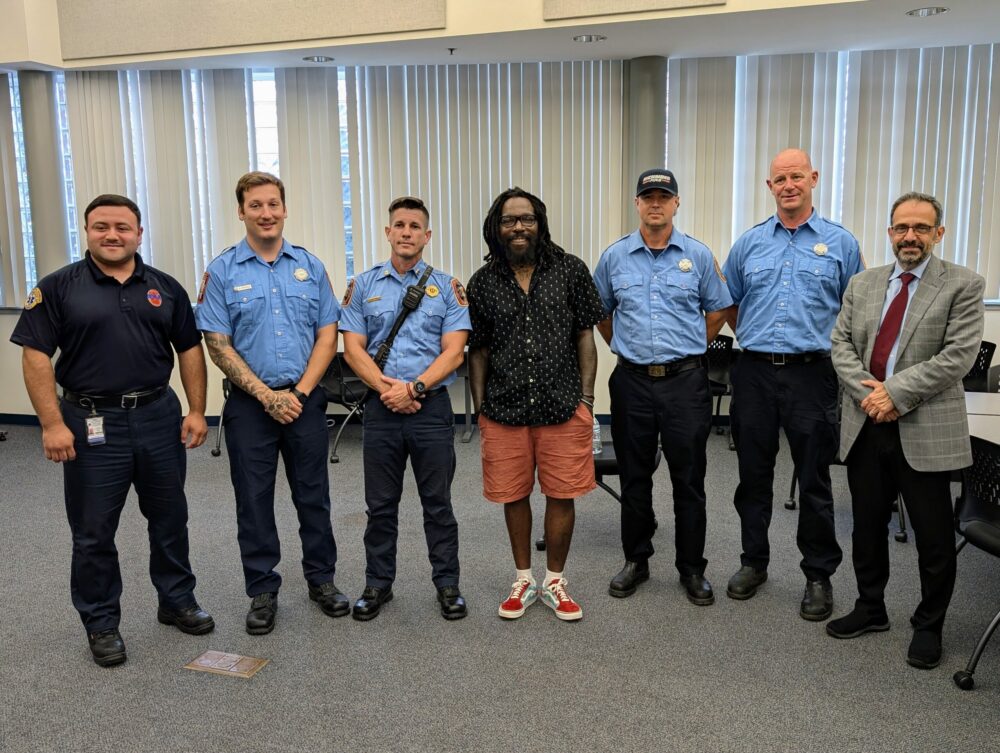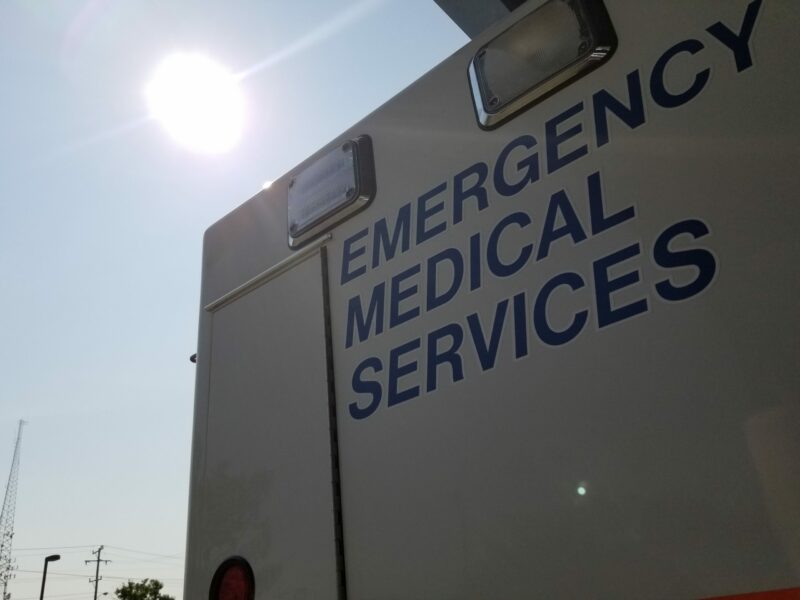This story originally appeared on 12onyourside.com
A VCU student’s heroic actions inside a Chesterfield restaurant are sparking conversations about the importance of CPR training.
“He said she wasn’t breathing, and that’s when I kicked in, and I pulled her out from under the booth, and I started compressions,” said Harris during an interview with 12 On Your Side on Monday.
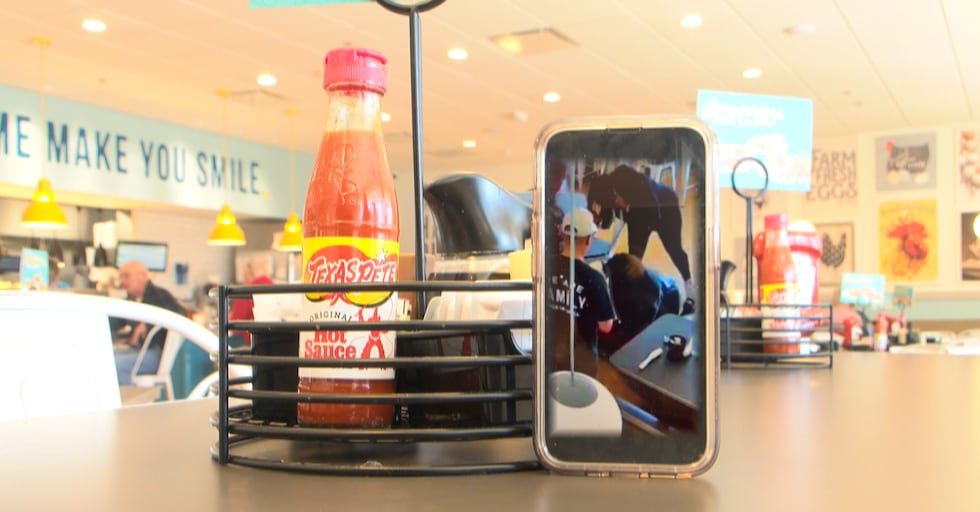
Eggs Up Grill owner Rob Thompson also said this situation motivated him to get CPR training for all staff members.
“I’ve reached out, contacted the Red Cross, and we’re going to bring in and do CPR training for all of our staff in all three of our locations,” said Thompson during an interview with 12 On Your Side.
Harold Mayfield, training coordinator with the Richmond Ambulance Authority, said knowing these steps is vital to save someone’s life.
“Studies have shown you’re more likely to have cardiac arrest outside of the hospital, so the more people know, the better chances of survival for a patient,” said Mayfield.
RAA has also seen an uptick in people wanting to learn how to perform CPR.
“The most selfless act is learning CPR because it’s not something that I can do for myself. It’s what I want to do for somebody else,” he told 12 On Your Side. “It could be your friend, it could be your neighbor, it typically is going to be somebody you know and somebody you actually have some relationship with. Therefore, it’s better to be the person in that situation that knows, hey, I know what to do, versus the person that is scared and not knowing what to do.”
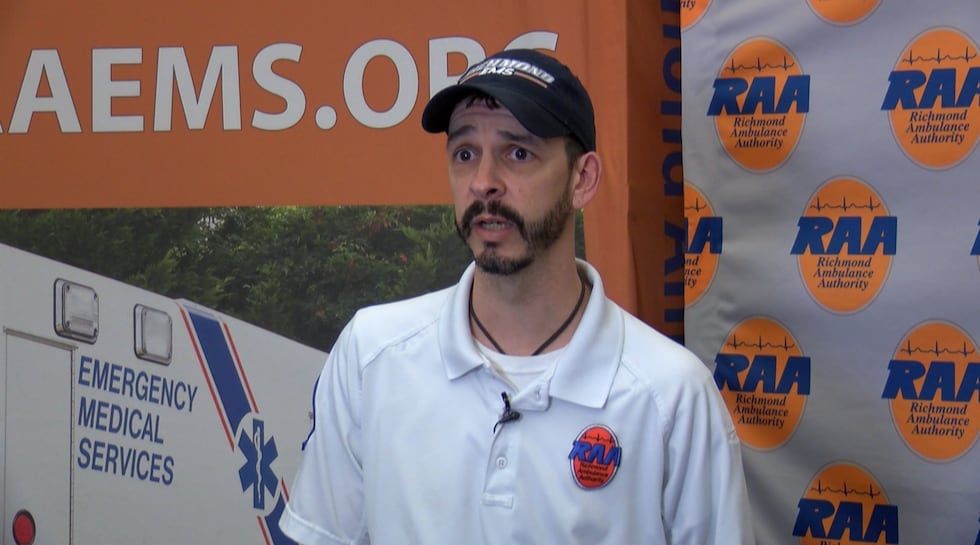
Mayfield demonstrated to the On Your Side Safety Team the steps to perform hands-only CPR.
The first step you should do is call 911 and then determine if someone is suffering from cardiac arrest.
“Understand if someone is in cardiac arrest. They’re not going to be responsive,” he said. “You’re going up to them going, ‘Sir, mam, are you okay?’ You don’t get a response, they’re not breathing you’re not seeing that chest rise and fall.”
Then, push hard and fast at the center of the chest until first responders arrive.
“You’re going to find your landmarks and do CPR. The best way to find your landmark is you go right dead center of the chest. You have that nice, flat bone that’s right in the center. That’s your sternum. You’re going to take the bridge of your hand, go right on top, then you’re going to lock your hands right on top of each other, get your body nice and close,” said Mayfield during the demonstration. “You want your shoulders directly over center because I want to use my weight for my compressions. It’ll make it so I last longer. Then, after that, it’s hard and fast, 100 to 120 beats a minute.”

Mayfield also suggests keeping those chest compressions consistent with the beat of a familiar song.
“‘Baby Shark,’ by far, is definitely the best one. It’s the one that you just cannot get out of your ear once you heard it,” he said. “‘Stayin’ Alive’ is another good one.”
Mayfield believes that taking these steps will make a life-saving difference.
“You’re doing this for somebody else, so please go out and learn, and then, if you see this situation, you’re going to feel a little bit better knowing that you know what to do,” said Mayfield.
RAA said people can get their CPR certification, but it emphasizes that you don’t need to be certified to perform hands-only CPR.
“There’s a difference between a certification course and hands-only CPR. Hands-only CPR is what we’re teaching out to the public because we want them to get involved,” said Mayfield.
The Red Cross’s website with the steps to perform hands-on CPR has a variety of courses available for people to sign up and learn CPR.
The American Heart Association also has online resources to learn how to perform hands-only CPR, which can be found here.
